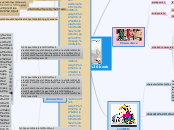av Miles Marshall 2 måneder siden
75
PSIP
Bullying and harassment, while similar in nature, differ in their intentions. Harassment aims to make someone feel unsafe or scared, while bullying involves repeated attempts to harm someone through various means such as verbal, physical, social, sexual, or digital methods.









